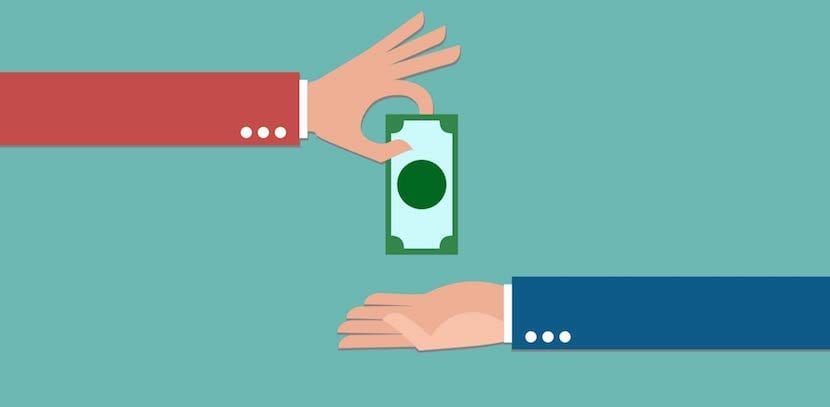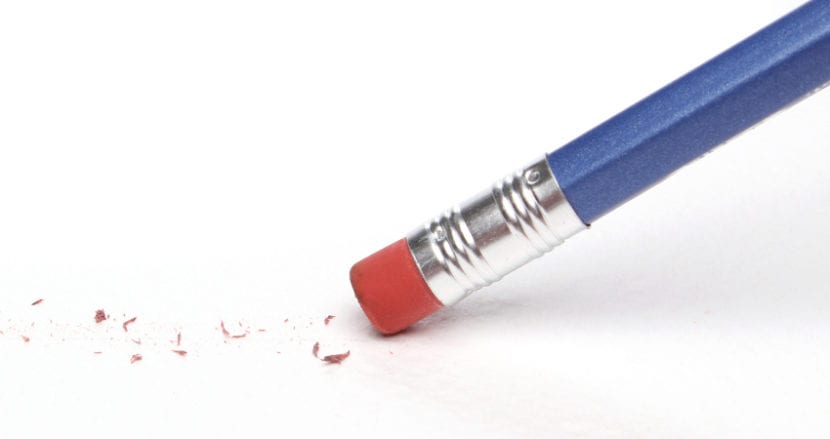
On many occasions, there is a tendency to idealize work related to graphic and web design. And although there is no doubt that it is one of the professions that usually satisfies the most on a personal level, as is to be expected, it is not all as ideal as it may seem from the outside. At first sight. The reality of a design project is often different.
In this post we are going to talk a little about what is behind many of the projects graphic and / or web design. What can we find once we start working for real projects and clients.
All of the above said, we are not treating this article as a critique of a bitter designer far from it.. I think that most designers, the work that is received and done is taken with great enthusiasm. And this, it is always a challenge to exploit creativity even in the sectors that offer less room for creativity.
A super creative project, which was not so much
The client is not willing to an innovative and overly creative design. That's when your decisions are limited by customer opinion. Furthermore, these limitations are often attributed by a client with little professional idea. For what is more frustrating. And few are those who dare with this idea. This is due to several factors:
- The client does not have enough money to invest. A small business will have to limit itself in many ways. But not just a small business will limit you. A large company needs a large number of copies. In the case of business cards, companies should see very well how it will be worth spending that money
- It is a company with a very defined corporate image and they do not want to leave the line already created. At the most, do a restyling, but little else, since the top managers of the company, often out of habit, are very reluctant to change the image.
- In theory it can be very striking but when it comes time to capture the design in a physical format, the client prefers to take a more conservative approach, for fear that the user will feel “lost”.
The customer is in a hurry

This point is simple, projects are rarely not urgent. We would all love to work surrounded by an atmosphere of tranquility and without haste, where creativity flows, go for a walk in the forest to reflect on the project and more, but the truth is that clients usually ask for quite tight deadlines. . Obviously we should "defend" our work and at least reach an agreement, since if everything goes well, we will be developing not only that, but more projects and we must find time to develop each and every one of them.
Correct, correct and more correct

When it gets to this point it can be endless. As a designer you must establish a maximum round of corrections with the client. A maximum of two corrections would be correct. Of course, if it is a larger project, only these two will not be enough.
It is impossible to design and program a website with only 2/3 rounds of corrections. The objective is to make the client happy and if we work for a fair price, without giving away our work, that will entail some demands on the part of the client, which we must comply with at least as much as possible. This includes doing rounds of corrections, many.
Normally, the larger the company we work for, the greater the number of rounds of corrections, since negotiations tend to be more difficult.
But not all negotiations are like thisSurely you will find someone with whom your work is highly valued. In this case, you will surely work with incalculable enthusiasm and kindness towards the client.
The client thinks he is a designer
A bit linked to the previous one, it is also common to find clients who "put their hands" on design as if they had a designer crouched inside. These will propose that you change the design at will and in the worst case they will force you to do so. Yes, you can refuse and get into an argument, but the simplest thing will be that once you have tried to convince them that their idea is not a good one, you push ahead with what they ask for.
A beautiful and practical design
A uniquely beautiful design is useless if it does not make sense. Be it a logo, a web page or a catalog, the design must meet certain requirements.
This can often cut the wings of our most creative part as graphic designers, but the truth is that it is quite common to work for companies that offer a product or service that can sometimes slow down creativity. We all dream of working on projects in which we can develop our most creative side, but the reality is that these are rather few.
